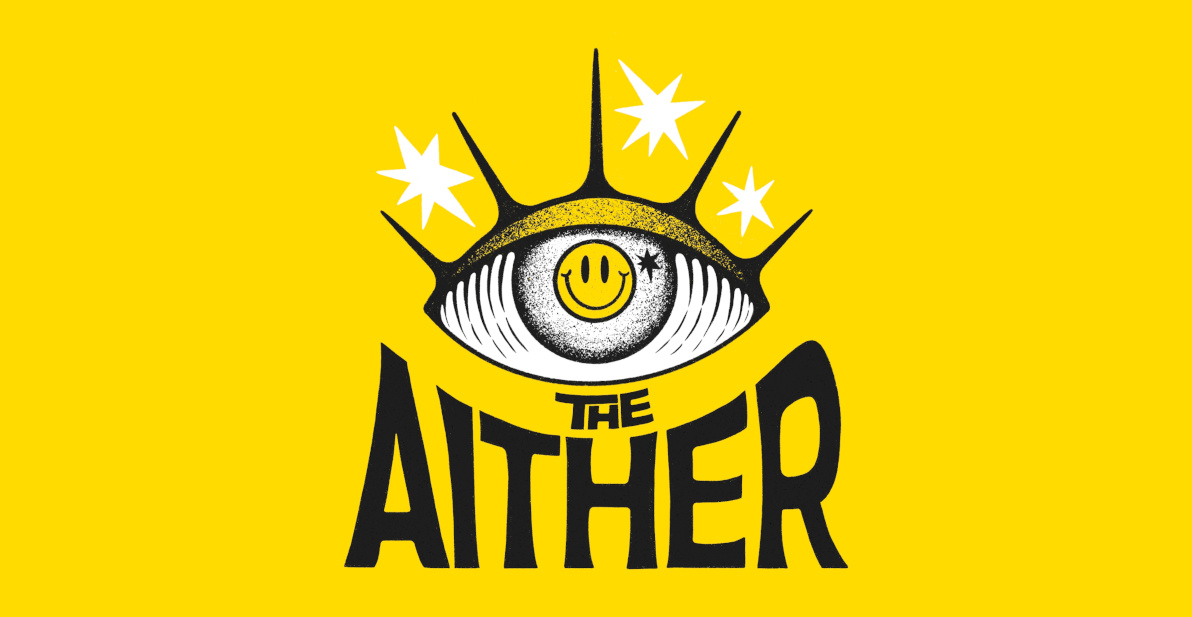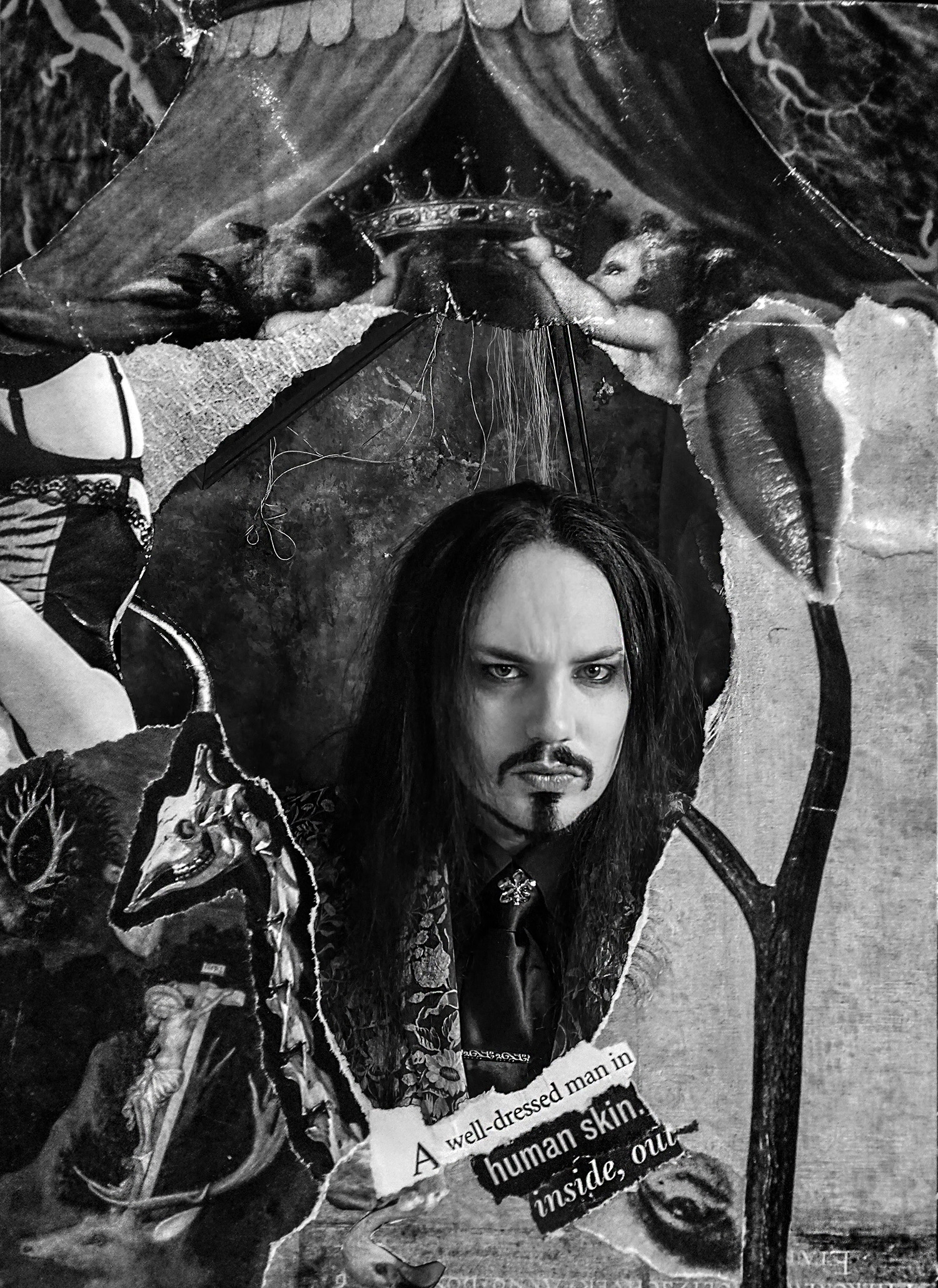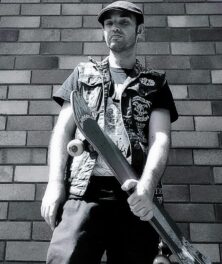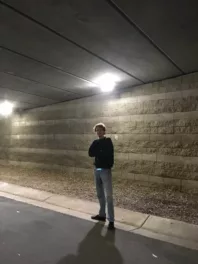Adam De Ville is an Australian artist, writer, and collector with a keen interest in everything dark, macabre, and decadent. We last chatted with him back in 2021. In a wide-ranging interview which we recommend checking out if you don’t already know the man and his works.
Ahead of some upcoming shows in Sydney, we thought it would be good to find out what Adam is currently getting up to, and investigate his practice and passions further.
Check it all out below…
How have you been since we last chatted back in 2021?
My partner and I moved from Sydney to the Gold Coast – which is perhaps the most unlikely place for us to be (laughs) – but I really enjoy it here. We have the ocean to our east and the rainforests of Tamborine to our west. I find a lot of inspiration in both.
Since our last conversation, I also discovered that my 7th Great Grandfather was hanged, drawn, and quartered for treason by King Henry VII. Maybe that explains my fascination with collage and cut-ups.
On the artistic front, I have two shows coming up this month in Sydney – Mixed Media III on October 20th at The Ramblin’ Rascal and Guerrilla on October 22nd at Studio 551. I’ll be showcasing a selection of new collages, and I’ll also have a sculpture/audio piece and some photographic works on display at the Guerrilla show.
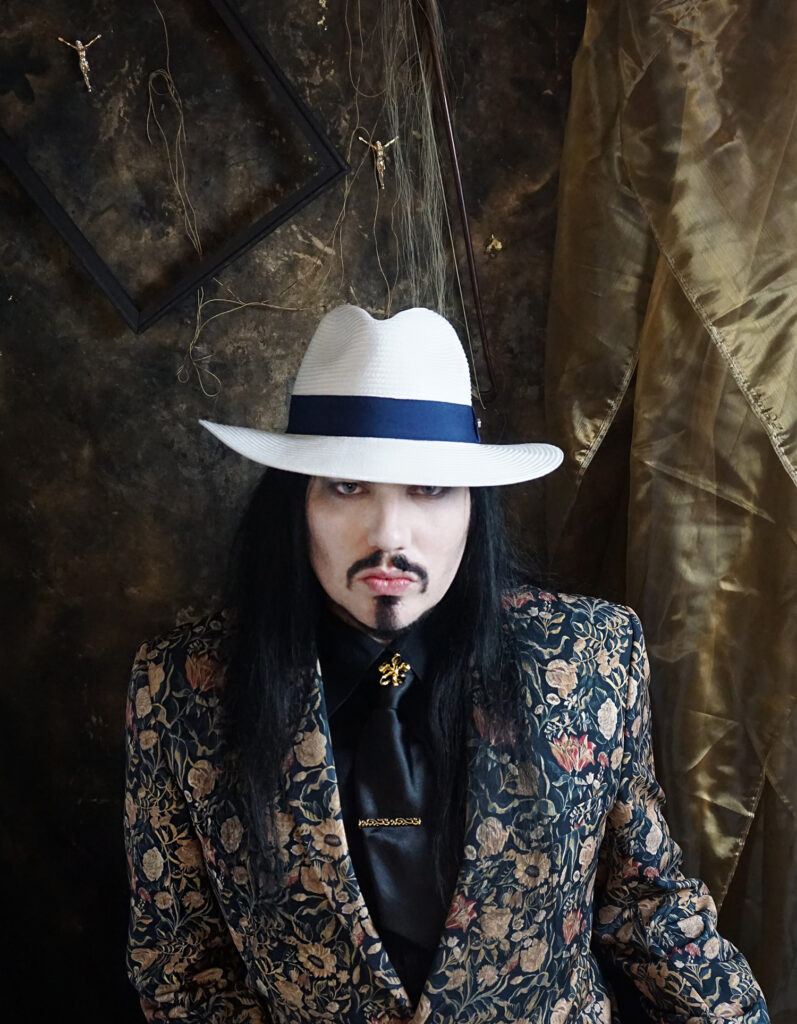
What inspired your recent collages?
… and what is your usual process when creating them?
I’m inspired by everything I have managed to collect for the collages, from old pornographic and fetish magazines, to botanical studies and vintage medical books.
I have boxes full of ripped images and wording that have caught my eye over the past few years. I can look through a whole book or magazine and there might only be two or three pages, or even sections of pages, that I know I’ll be able to use as they fit my particular aesthetic.
Colour combinations are a big part of my recent works too, especially this new collection I’m showing. There’s some muted colours that I would have normally used in my paintings that I’m able to form into backdrops of pieces and build from there.
I don’t think too much about anything when I set out to make a collage though, it all comes to me at random. I’ll have a whole table covered in images, my scalpel, cutting mat and a paintbrush for my glue and then I’ll put my headphones on and go from there. With the featured wording I’ve used on past works, and even for the main new piece ‘Romantic Darkness On A Finite World’ that was just wording from different sources that came together in the Dada based poetry or cut-up method, not pre planned at all. I think that’s why I enjoy collages so much, I get works and combinations that I never set out to make and had no sketches or ideas for previously.
My mother is a textile artist and that’s how I developed my use of threads and stitching to finish off my artworks, each one depending on the details I want to highlight, can take usually between two to six hours of hand stitching, I know they’re finished after the stitching is added as it’s permanent.
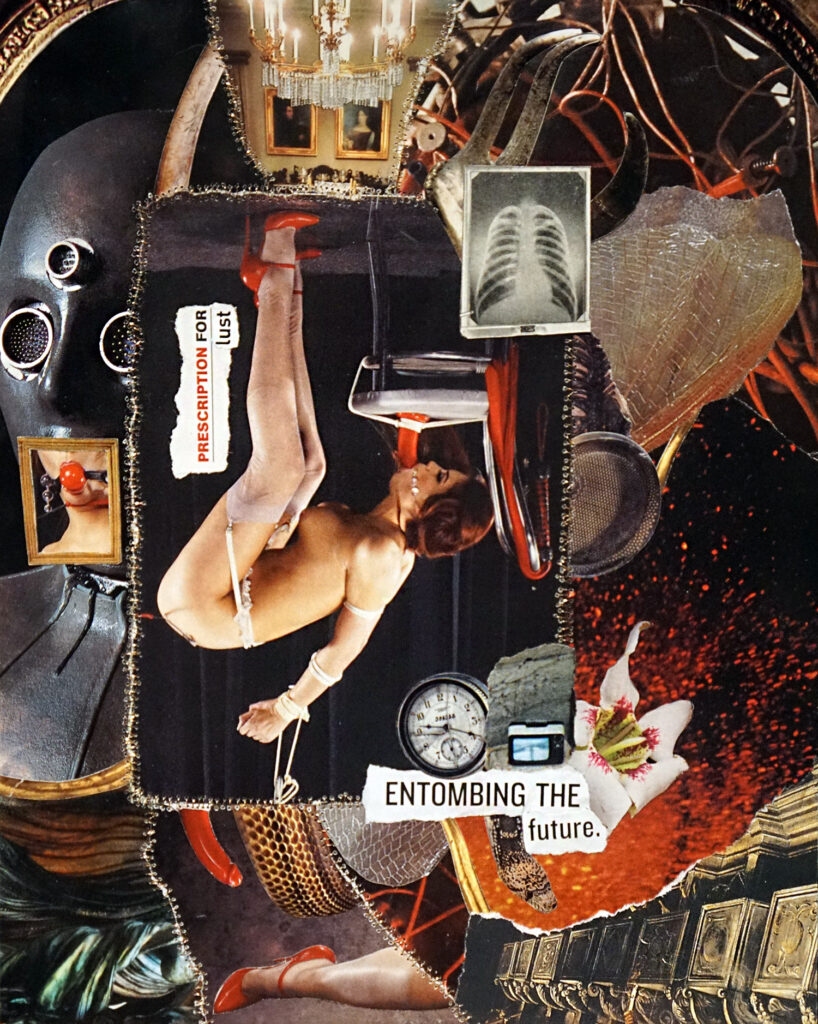
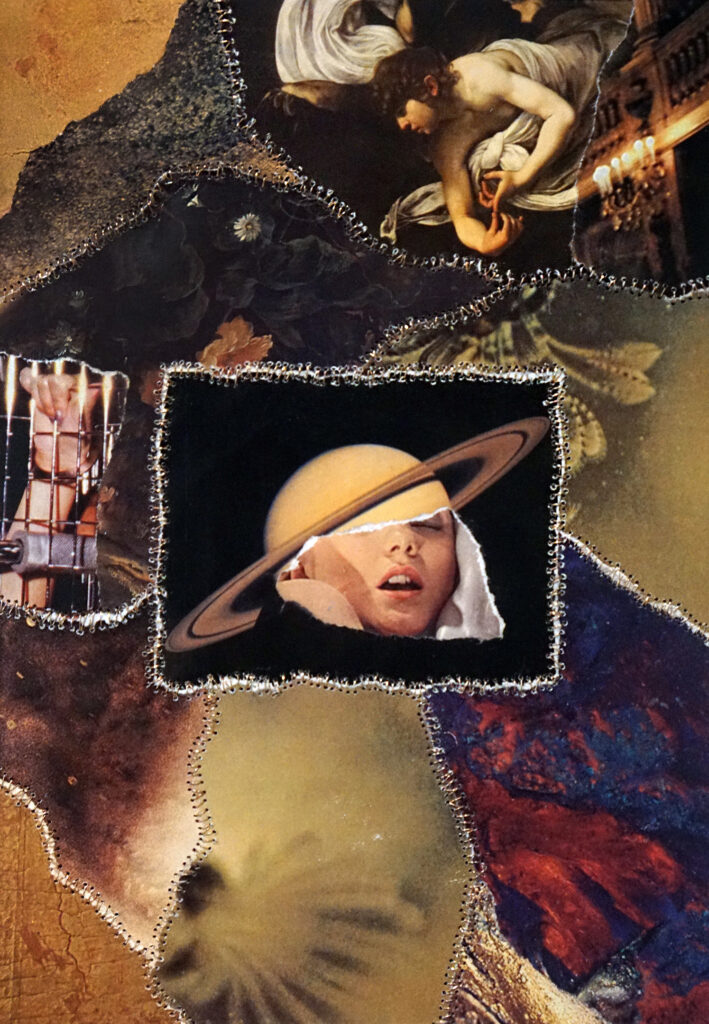
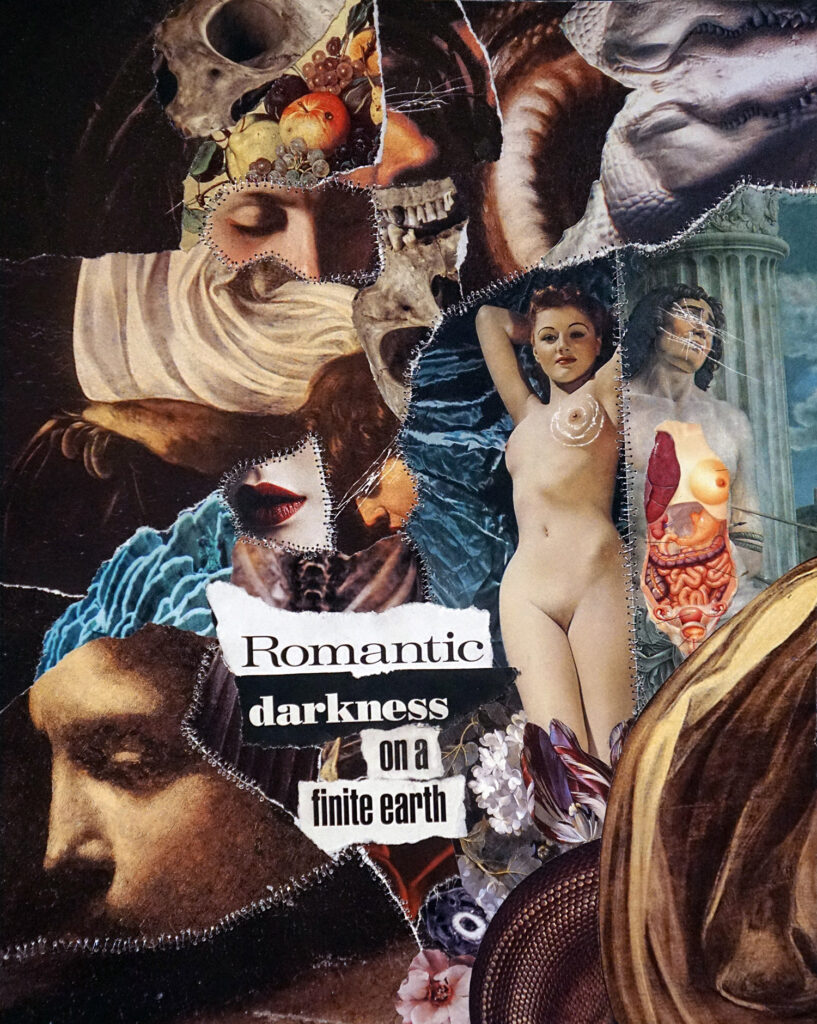
Have you added any new objects to your collection?
I recently acquired Anthony Hopkins‘ shirt and gloves from the movie Hannibal, as well as Hugh Dancy’s mask from the TV show Hannibal.
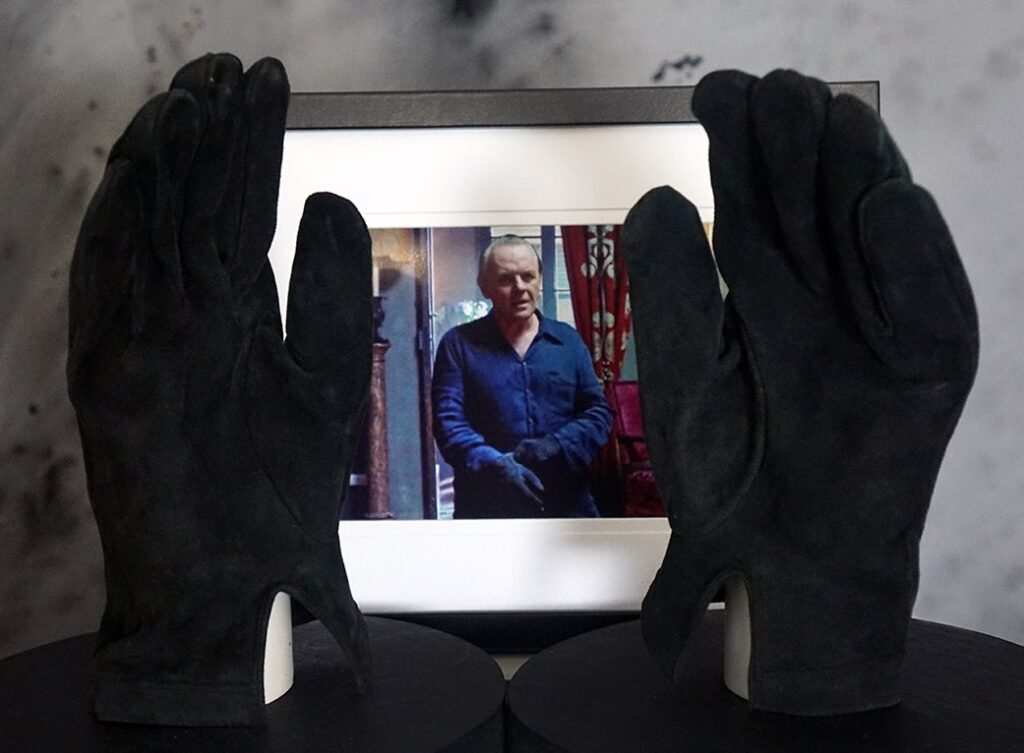
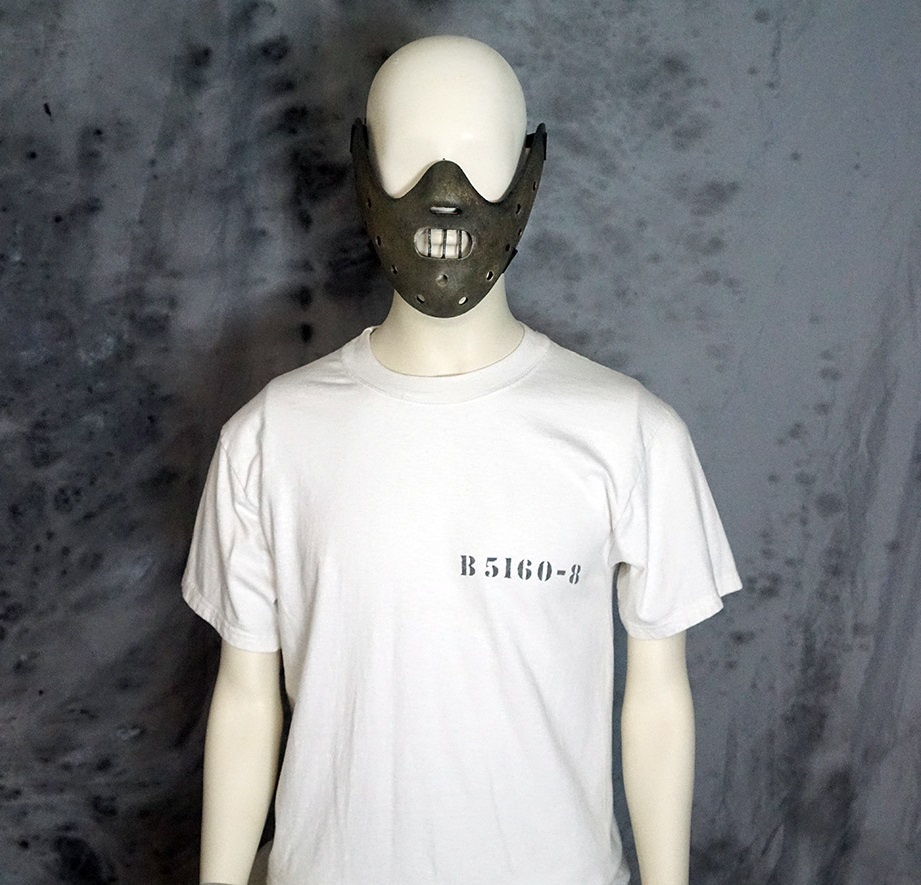
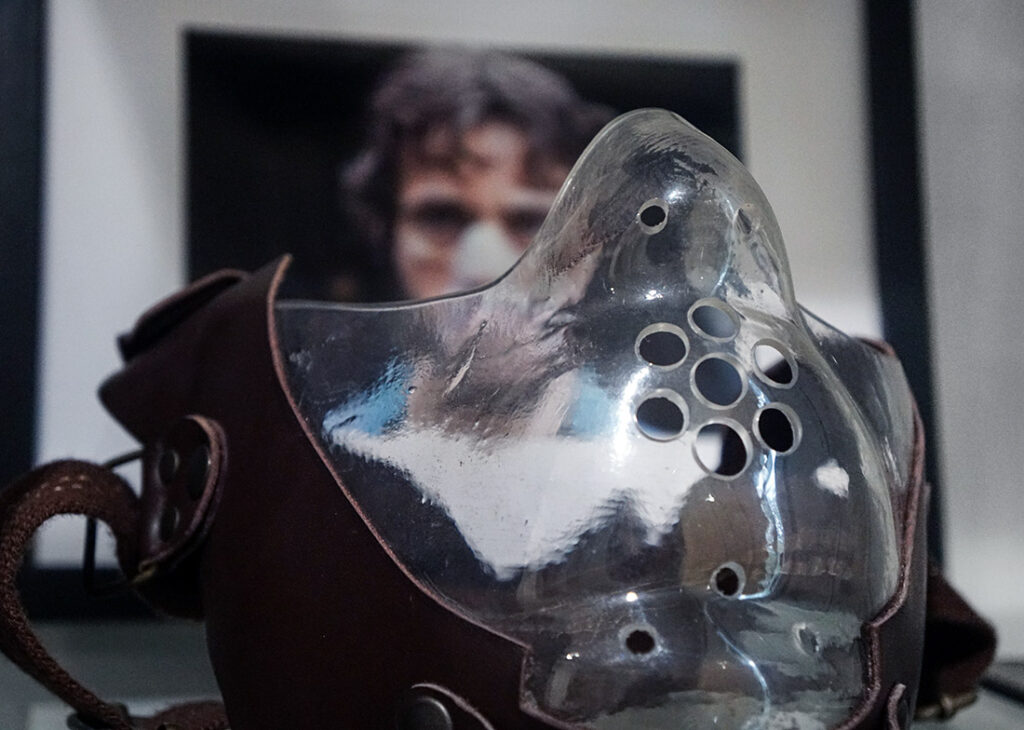
I also finally secured a Cesar Romero autograph for my 1960s Batman collection – I’ve always admired that he refused to shave his moustache for his role as the Joker.
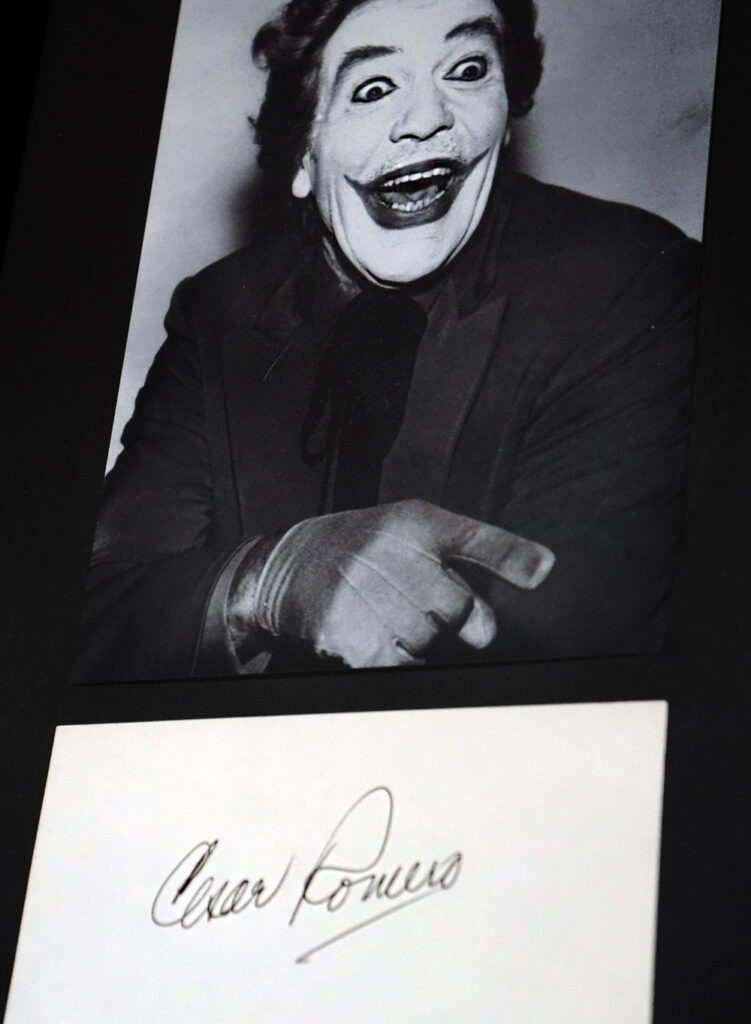
I also got my hands on some test print books and parts from the larger sculptures of the Chapman Brothers, whose work I’m a huge fan of.
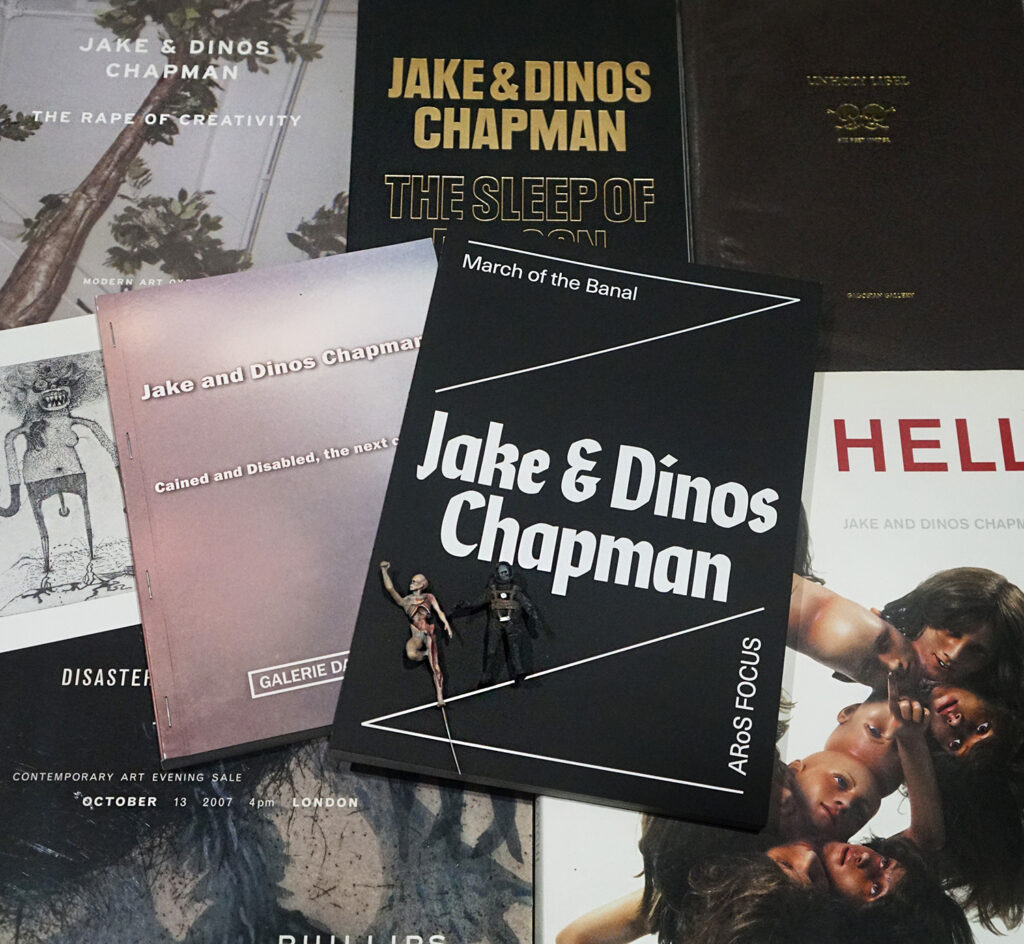
Have you discovered any new writers, books, filmmakers, artists, or musicians recently?
Musically, I still find myself returning to my staples like David Bowie, Bryan Ferry, and Roxy Music, especially when I’m working on art. I did enjoy the final Shellac record, ‘To All Trains‘, which was released shortly after Steve Albini’s passing.
I tend not to explore other contemporary artists’ work too much because I don’t want to be influenced subconsciously. I mainly look to my collection of vintage art and medical books for inspiration.
Recently, I’ve added some books on Romantic-era painters and Dadaism.
There are some contemporary personalities that I find really compelling; in the way one might find it compelling to observe alien life – One is Jesse Lee Peterson, an online preacher who makes these incredibly bizarre and offensive statements and justifies them with Bible verse or his own opinions (presented as indisputable fact).
I went through a long period of tuning into his live show every evening just to witness the real-time brainwashing of people calling in for help.
Neil Breen is another favourite filmmaker of mine. His recent movie, ‘Cade: The Tortured Crossing’, was almost entirely green screen – more so than his previous films.
I recommend ‘Double Down’ from 2007. It’s fascinating when someone tries to make a serious film and it fails so spectacularly that it becomes one of the best comedies ever produced.
I’ve also discovered a musician called Rayon Base, whose work is unlike anything else I’ve encountered. You have to see and hear it to receive the entire concept.
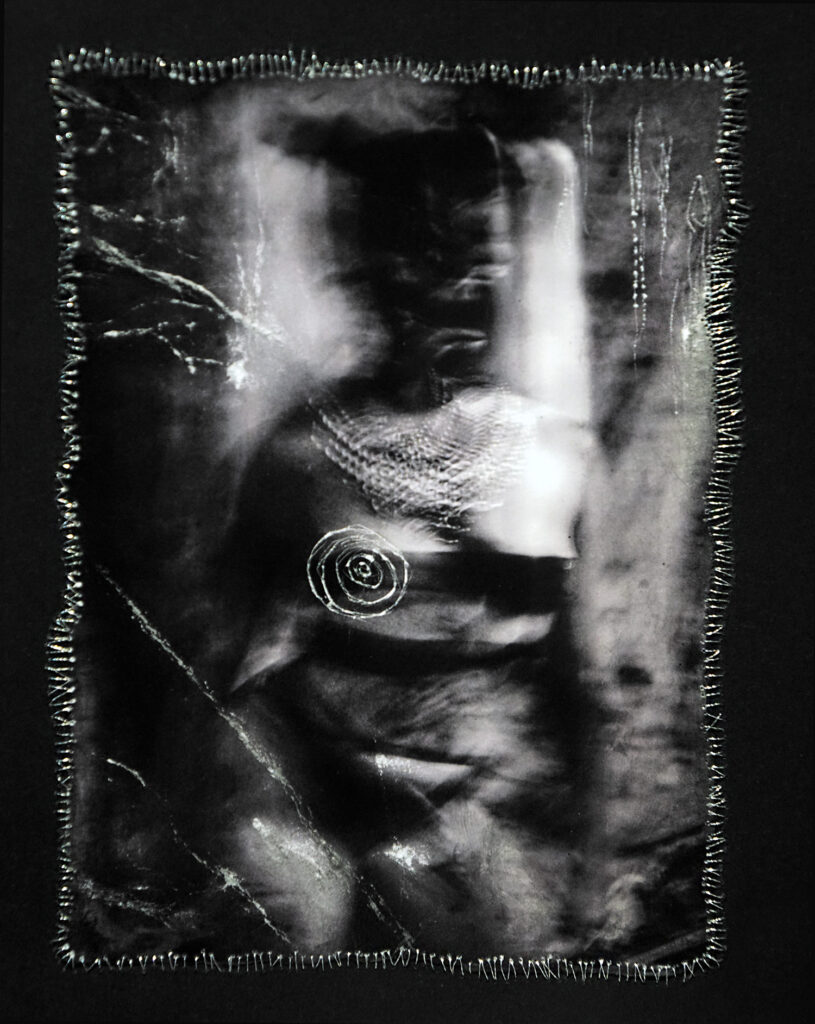
Not only is noted curator Stephen Romano a friend of yours, but he’s also exhibited your works – How did the two of you connect?
It was a few years back through the esoteric artist Barry William Hale when he was showing at Dark Mofo. Stephen had a selection of William Mortensen photographs on display alongside Barry’s work.
We bonded over our shared love for David Bowie, Alice Cooper, and 70s-era KISS.
What impact do you think Stephen has had on the art and culture scene through his passionate promotion of often-overlooked deceased artists, such as Wolfgang Grasse?
Stephen’s work is impressive, especially in keeping older artworks in the public eye by showcasing them alongside contemporary art. His William Mortensen collection, in particular, often draws intriguing parallels with newer works he curates.
He has an incredible eye.
I did joke with him that I’d only create studio photography for his shows from now on.
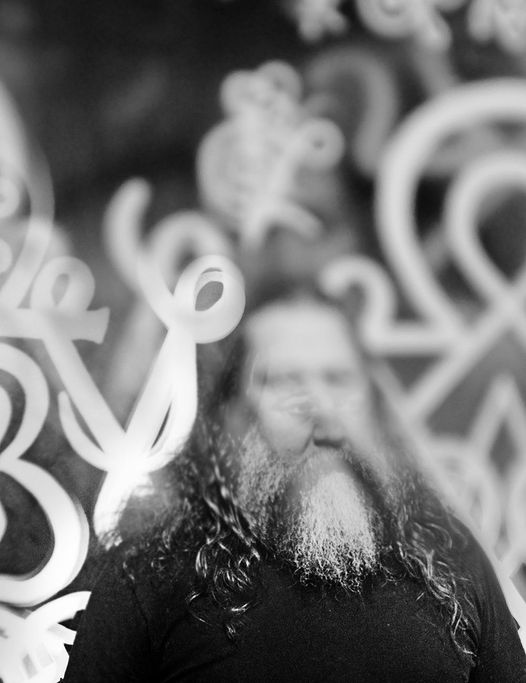
In addition to your art, you’ve had a long career as a journalist interviewing musicians and other creatives.
Could you share some memorable stories from your journalism career?
I’ve been interviewing people for about 11 years now, and it’s been a fantastic experience.
One that stands out is Tommy Wiseau, the creator of ‘The Room’. We spoke for an hour and a half, and it was one of the most surreal conversations I’ve ever had.
I approached it with an open mind, letting Tommy be himself, and by the end, he said he would hug me if I were there. He even tried to record a sound bite for me but got it wrong four times, which was very endearing.
Another memorable interview was with Peter Murphy from Bauhaus. This was before their 2022 reunion, which eventually fell apart. I might have had a bit too much wine to calm my nerves, and we ended up singing Roxy Music songs together.
We even talked about Bryan Ferry’s appearance on Top of the Pops, when he wore an unintentional but comical eye patch due to a tennis injury.
Andrew Eldritch from The Sisters of Mercy was an interesting one. He doesn’t usually like doing interviews, so I just leaned into that and asked him why he wears aviators and why he wasn’t a fan of David Bowie’s ‘Outside‘ album.
I could tell he was smiling, though he’d never admit it.
Lastly, I had a long conversation with Genesis Breyer P-Orridge that lasted nearly two hours. We covered everything from The Rolling Stones to escaping a fire at an LA mansion with Love and Rockets, and even taxidermy art.
It wasn’t a traditional interview; it was more of a free-flowing exchange, which is what you’d expect from Genesis.
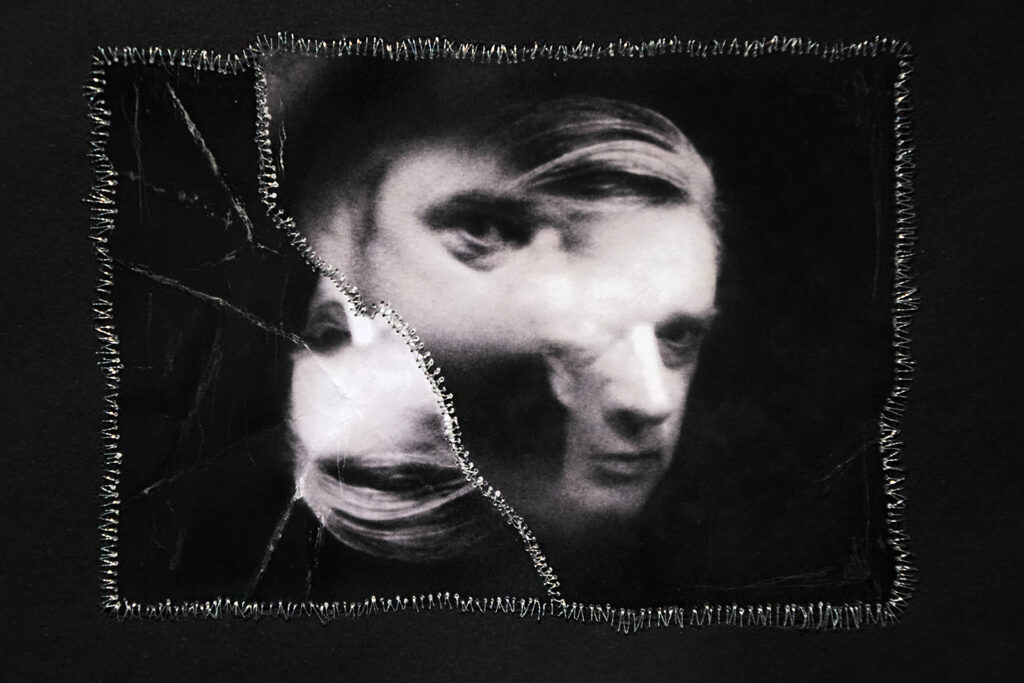
Featuring noted musician Blixa Bargeld.
Do you have a day job?
If so, what is it, and how does it impact your creative life?
I work in the funeral industry, which definitely gives me a different perspective on life. I’m fortunate to be in a role where I can help families, and it’s something I truly care about.
The experiences I have there make me want to create more, as I’m constantly reminded that our time here is short.
What does God mean to you?
I’d rather go back to the days when people worshipped a mix of gods who were better dressed and more relaxed – like Dionysus, the Greek god of wine and ecstasy, and Anubis, the Egyptian god of funerary practices and care of the dead.
Why have just one deity when you can have a whole pantheon?
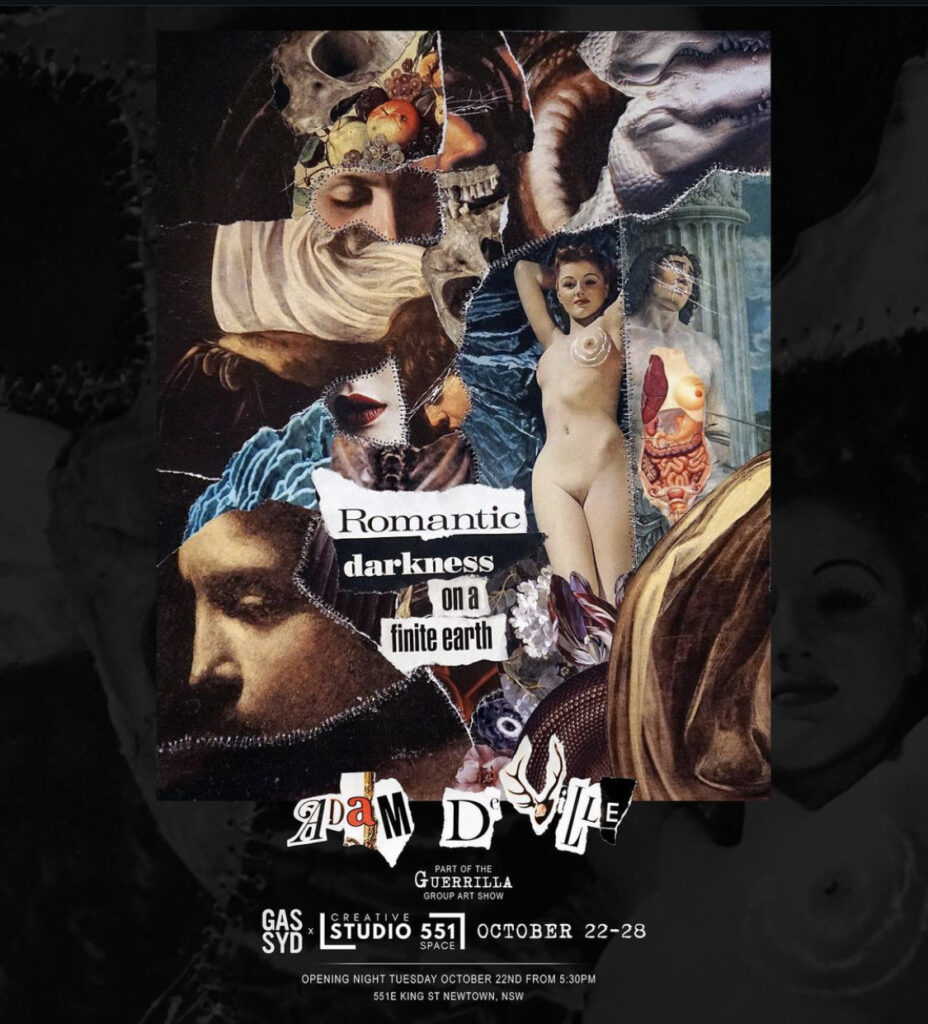
Links
- Adam De Ville – Website
- Adam De Ville – Instagram
- Adam De Ville – Online Store
- Adam De Ville – 2021 Interview via The Aither
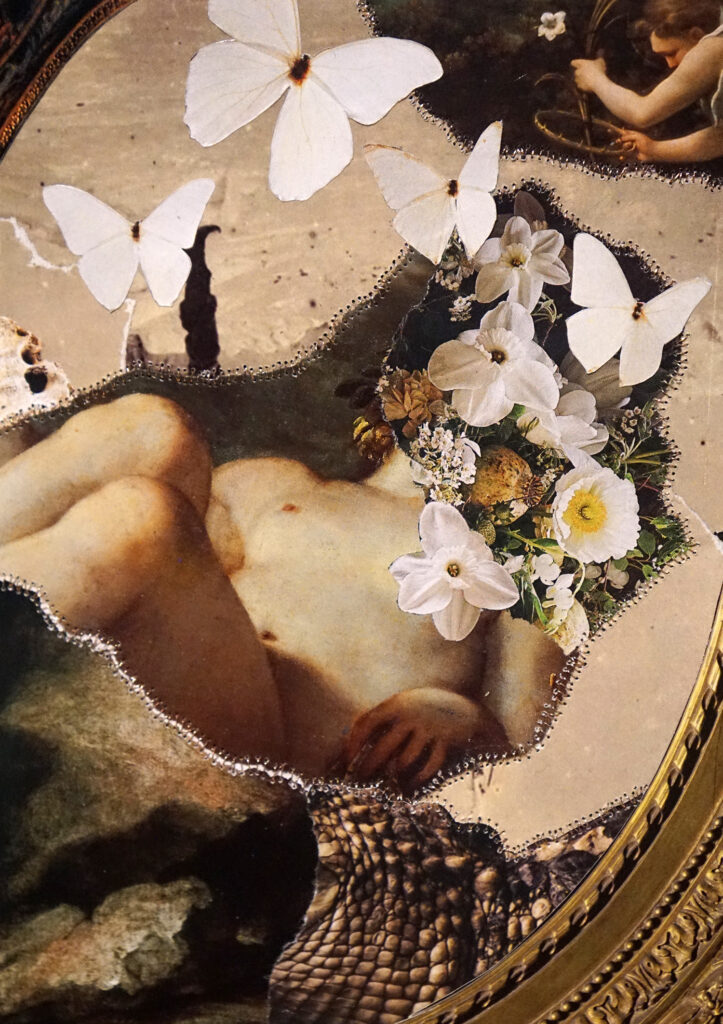
All images supplied by Adam, or sourced online.
